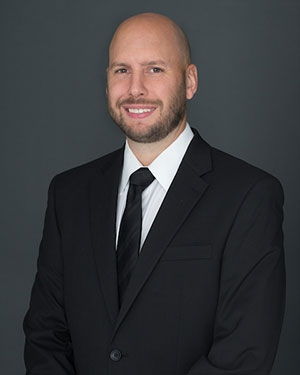Calcaneal apophysitis is a common condition seen in young athletes today. Apophysitis is inflammation of the calcaneal growth plate from repetitive microtrauma. The growth plate in young individuals is a weaker structure in the foot and is susceptible to this microtrauma. We see this in young athletes as the sports they play can cause this subtle microtrauma from running, jumping, and cutting. The apophysis forms in children around ages 8-10 and generally doesn’t close until around age 16 or 17. The apophysis is made up of fragile calcified cartilage and is not as strong as our normal bone. Apophysitis is also known as Severs Disease or sometimes referred to as “growing pains”. Sometimes are bones can grow faster than our muscles and tendons which cause this “growing pain”. This condition can be found in both heels or just one heel can be affected. A major factor in this inflammation of the heel is the pull of the Achilles tendon. Many kids have a tight Achilles tendon which causes extra stress on the area of the growth plate leading to the condition. This makes it very important that our kids stretch their calf muscle on a normal basis to help prevent the condition. Stretching is a key component in treatment of calcaneal apophysitis. When stretching alone is not enough many times we will have to add a heel lift or heel cup to the patients shoe to off load the Achilles even more.
There are many symptoms you might find when your kid has calcaneal apophysitis. The most common is again pain with increased activity. You might notice as your kid starts playing that they start limping. They complain of pain to the heel area and pain all around the side of the heel. When the heel is squeezed the patient will complain of increased pain. Swelling can also occur at the site of the heel. This can cause kids to want to sit out activities or not play with others. You may notice your kid will start walking on their toes to alleviate the pressure. Poor shoe gear or fatigued shoe gear can increase this stress to the growth plate and exacerbate the problem. It is very important to make sure your kid is in the correct shoe gear and the shoes are not fatigued. There are many treatment options for calcaneal apophysitis but inserts that go in your kid’s shoes are very important. These inserts are going to lessen the load to the heel and give the foot the appropriate support. Many kids will over pronate or over supinate when they walk. These abnormal motions can again cause increase in stress to the area so the more we can control these motions with orthotics then the less likely pain will occur.
Apophysitis can last for months with active kids. Reducing the kid’s activity and giving the heel as much rest as possible can greatly improve the condition. Icing the area reduces the inflammation and is a mainstay treatment along with an anti-inflammatory to reduce the inflammation. The patient should avoid trying to go barefoot and stay in a good supportive shoe as much as possible. Although most kids stretch before a game or practice, kids should routinely stretch three times a day if they are affected by apophysitis. Physical therapy is commonly used to aid in the recovery of apophysitis and can be a very valuable tool in your kid’s recovery. In severe cases some kids will have to be completely immobilized in a walking boot or sometimes will even have to put in a cast with crutches. Apophysitis can reoccur so we need to make sure our kids stay in the right shoes, have appropriate inserts in the shoes, and continue to stretch to avoid this condition.

